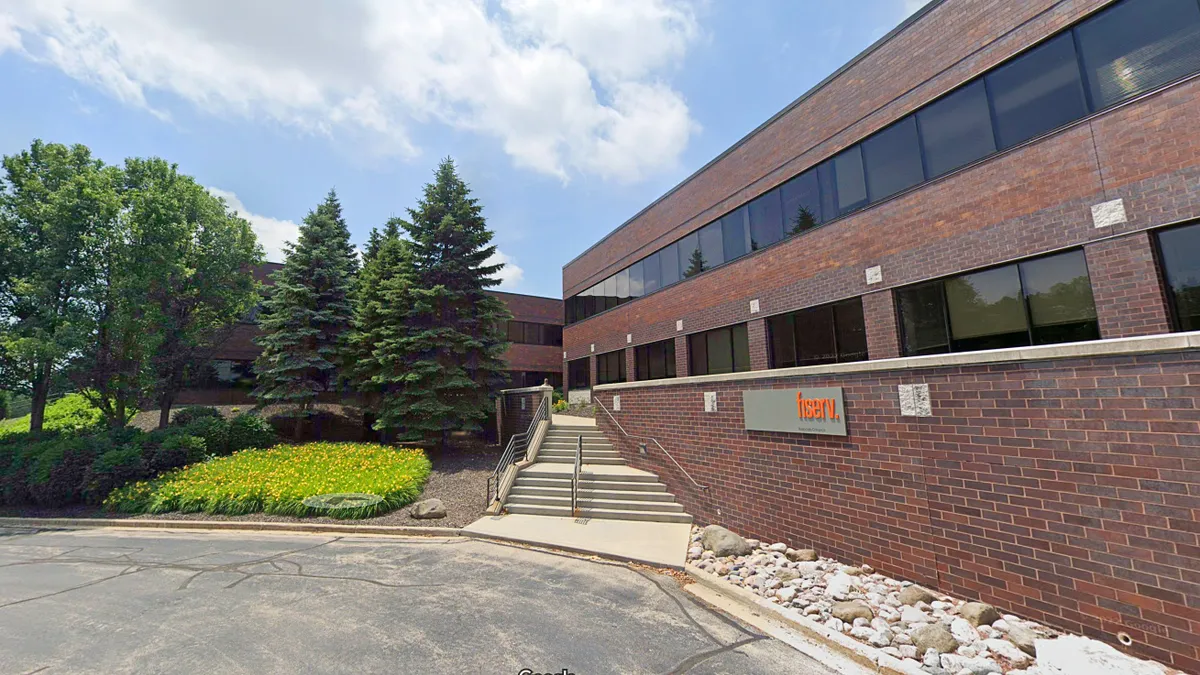Dive Brief:
- The use of buy now, pay later financing options increased significantly this year, even before factoring in a late yearend surge in BNPL use. Between Jan. 1 and Nov. 20, buy now, pay later transactions increased 23% compared to the same period last year, according to an analysis from data firm LexisNexis Risk Solutions that was released to journalists on Dec. 12.
- More than 94% of buy now, pay later users were repeat customers of BNPL providers, the LexisNexis analysis showed.
- Also, roughly half of shoppers who used BNPL over the last 12 months through November 20 were under the age of 35, the LexisNexis analysis found.
Dive Insight:
Buy now, pay later has existed for around 10 years and grew in popularity in the United States as online shopping spiked during the COVID-19 pandemic. More awareness is probably not the reason for the increase in its use, said Kevin King, vice president of credit risk strategy for LexisNexis.
Instead, the option is becoming a part of consumers' shopping habits as more merchants offer it, he said.
"I don't think this is explained through marketing and promotion," King said. "Our analysis suggests this has to do with buy now, pay later financing options turning browsers into buyers more quickly."
In other words, having the choice to use BNPL means a shopper is more likely to complete a purchase after they start browsing an e-commerce site, King said.
"BNPL use absolutely skews young," he said, noting that roughly two-thirds of credit card users are over the age of 35.
The surge in use was even more pronounced over the holidays. LexisNexis tracked a 50% increase in BNPL use over the Black Friday weekend (Nov. 29 to Dec. 2) in 2024 compared to 2023.
Figures for the rest of December were not yet available.
The increase in this payment option comes with risks, King stressed. Late fees on BNPL loans tend to be small, $10 or so, but if a consumer takes out such loans from multiple companies, they face multiple fees if they find themselves unable to pay their bills.
This stands in stark contrast to credit card late fees, he said. If a credit card user is unable to pay their bill for the month, they face only a single fee.
Credit card holders that don’t pay their balance in full every month also accrue interest on to their total bill.
The average credit card late fee was $32 in 2022, according to the Consumer Financial Protection Bureau. A November analysis from WalletHub found a slightly lower figure of $30.50. The bureau capped credit card late fees at $8 in March. A court imposed a preliminary injunction against the fee limit, although the agency said it would continue to defend the cap in court.
Credit cards are also more manageable in other ways, King said. A card holder has a single website where they can find all the purchases they've made on their credit card.
But if a consumer is taking out buy now, pay later loans with multiple companies, they need to go to multiple websites to keep track of those purchases, he said











